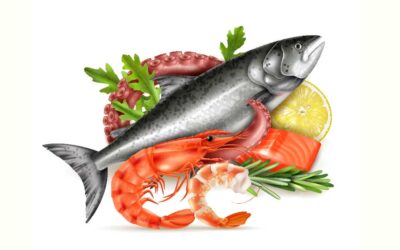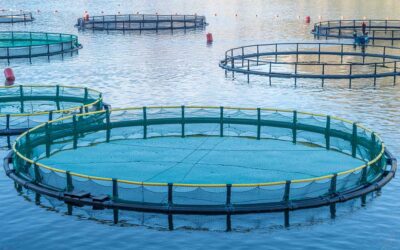Introduction
Running a seafood business means managing people, equipment, and food—all of which involve risks. Workplace safety and legal compliance are essential, especially in aquaculture, seafood processing, and export businesses. Women leaders in the seafood industry need to know the basic rules to protect their workers, their customers, and their business.
Why Workplace Compliance Matters
Compliance with safety and employment laws is important for several reasons.
It helps:
- Keep workers safe and healthy
- Avoid legal problems and fines
- Build trust with customers and partners
- Meet certification or export requirements
- Create a positive and fair work environment
Key Areas of Workplace Law
There are many different rules that seafood businesses must follow.
Main areas include:
- Occupational health and safety (OHS) regulations
- Food safety standards
- Employment laws and contracts
- Anti-discrimination and harassment laws
- Worker insurance and injury reporting
- Workplace training and supervision
What Women Business Owners Need to Do
Leading a safe and legal workplace means taking clear steps and creating good systems.
Important actions include:
- Registering the business and employer obligations
- Providing protective equipment and safe tools
- Keeping the workplace clean and hazard-free
- Offering regular training and supervision
- Creating clear roles and job descriptions
- Recording incidents and fixing problems quickly
Understanding Food Safety
Seafood must be handled safely to prevent illness. Businesses need to meet national and export food safety rules.
Steps to follow:
- Store seafood at safe temperatures
- Prevent cross-contamination
- Keep processing and transport areas clean
- Train workers in hygiene and safe handling
- Keep records of cleaning and inspections
Food safety is often checked by local authorities or certification auditors.
Employment Rules for Women to Know
When hiring workers, it’s important to understand employee rights and legal requirements.
These include:
- Fair pay and working hours
- Safe and respectful workplace
- Contracts or agreements in writing
- Paid leave and entitlements
- Equal treatment regardless of gender, age, or background
These rules protect both the employee and the employer.
Workplace Safety in Aquaculture and Processing
Seafood work can involve sharp tools, heavy lifting, cold environments, and long hours. Female-led businesses must ensure all workers, including family or part-time staff, are kept safe.
Safety steps include:
- Risk assessments and safety plans
- Emergency drills and clear exit signs
- First aid kits and trained responders
- Supervision of machinery use
- Reporting and reviewing accidents
Regular safety checks help spot and fix problems early.
Common Mistakes and How to Avoid Them
Some business owners ignore small issues that later become big problems.
Mistakes to avoid:
- Skipping safety training for new staff
- Not updating risk assessments
- Not keeping written records
- Hiring workers without proper documentation
- Ignoring harassment or unsafe behaviour
Planning and good systems prevent these problems.
Resources for Help
Women in seafood can get help and information from:
- Government small business and safety agencies
- Seafood industry groups
- Free templates and checklists online
- Legal aid services or community law centres
- Business mentors or support networks
Asking for help is a strength, not a weakness.
Conclusion
Workplace compliance and safety are key to running a successful and respected seafood business. Women leaders can set strong standards by staying informed, training their teams, and following the rules. A safe workplace protects your people—and your future.




